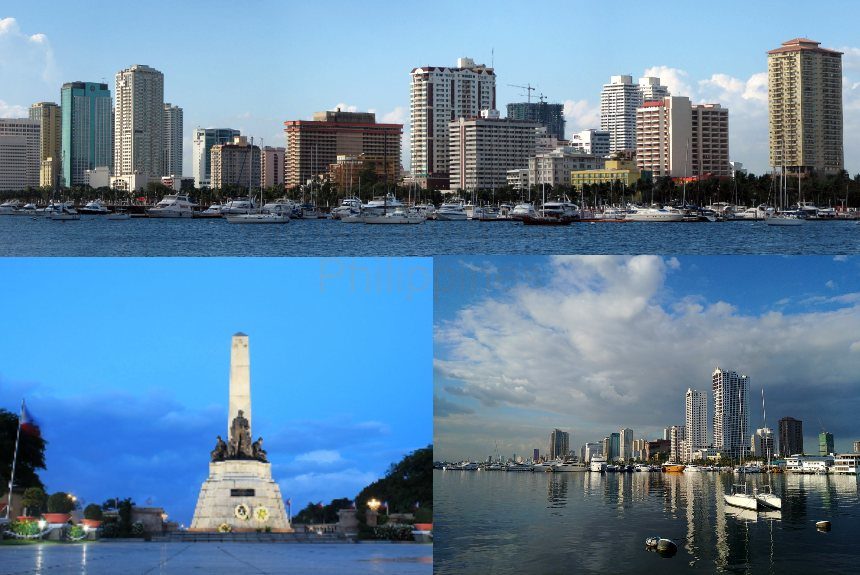The Philippines submitted a climate change resilience program proposal to the Green Climate Fund (GCF) in 2017, which details its climate adaptation and mitigation goals.
The GCF is the world’s largest fund set up by the United National Framework Convention of Climate Change (UNFCCC) in 2010 to help developing countries reduce their greenhouse gas emission and build their capacity to adapt to the effects of climate change.
The GFC regularly seeks high-quality project proposals from developing countries battling the effects of climate change. In 2014, it amassed USD 10.3 Billion worth of pledges from developed countries. The fund’s purpose is to finance climate actions in the least developed countries (LDCs), small island developing states (SIDS), and the African States identified as highly vulnerable to the effects of climate change.
The Philippines’ project proposal to strengthen the resilience of its most vulnerable coastal communities for GCF funding has two main goals.
- The first is to reduce emissions through forestry conservation land-use management, and
- the second is to increase the resilience of its coastal communities and ecosystems.
The project is planned to last six years, from 2017 to 2022.
The Philippines’ vulnerability is due to its location within the “Pacific Ring of Fire,” a horseshoe-shaped ring in the Pacific Ocean associated with oceanic trenches, volcanic belts and plate movements where many earthquakes and volcanic eruptions occur.
The Philippines also lies in a direct typhoon path. An average of 20 storms visit the country yearly, resulting in 0.5% GDP losses yearly.
Most of its population growth happens in coastal areas, waterways and landslide-prone locations, increasing the country’s vulnerability and losses to extreme natural events.
The project proposal has the following objectives: to strengthen climate resilience and to help the country adapt to climate change.
- To enable the most climate-vulnerable coastal communities to manage disaster risks of climate change;
- Increase and improve its coastal resources, particularly mangroves, to help them withstand climate change impacts, as well as improve coastal ecosystems and
- Establish an enabling environment and institutional arrangements for continued resilience building on the country’s coast.
The specific activities and their timeline under each objective show a map that shows where mangroves will be planted and developed, and the project’s budget and relevant information are shown in the concept note.
The Philippine Government also has a dedicated website that shows all its GCF funding proposals, concept notes, and approved GCF climate change projects in the country.
For transparency, to make sure the funds are used as intended and the project implemented, the GFC website states that “fiduciary standards and ESS are applied, and an external audit report is submitted… the project or programmed becomes effective, and the process of monitoring and evaluation commences and continues until the project or programmed closes and exits the Fund’s portfolio.”
To read the entire Philippine Concept Note and project proposal, CLICK on the link below:
Source
Strengthening the Resilience of the Most Vulnerable Coastal Communities to Climate Change in the Philippines’ Eastern Seaboard. Concept Note (2017, May 2). Green Climate Fund. Retrieved from https://www.greenclimate.fund/sites/default/files/document/16900-strengthening-resilience-most-vulnerable-coastal-communities-climate-change-philippines.pdf
PHOTO CREDIT:
Skyline of the City of Manila, seen from the Cultural Center of the Philippines by Mike Gonzalez (TheCoffee) – Own work, CC BY-SA 3.0, https://commons.wikimedia.org/w/index.php?curid=11360261
The Rizal Monument by Mikepua – Own work, CC BY-SA 3.0, https://commons.wikimedia.org/w/index.php?curid=21434158
Skyline of Manila as seen from Harbour Square by Lawrence Ruiz – Own work, CC BY-SA 4.0, https://commons.wikimedia.org/w/index.php?curid=90051802



Leave a Reply